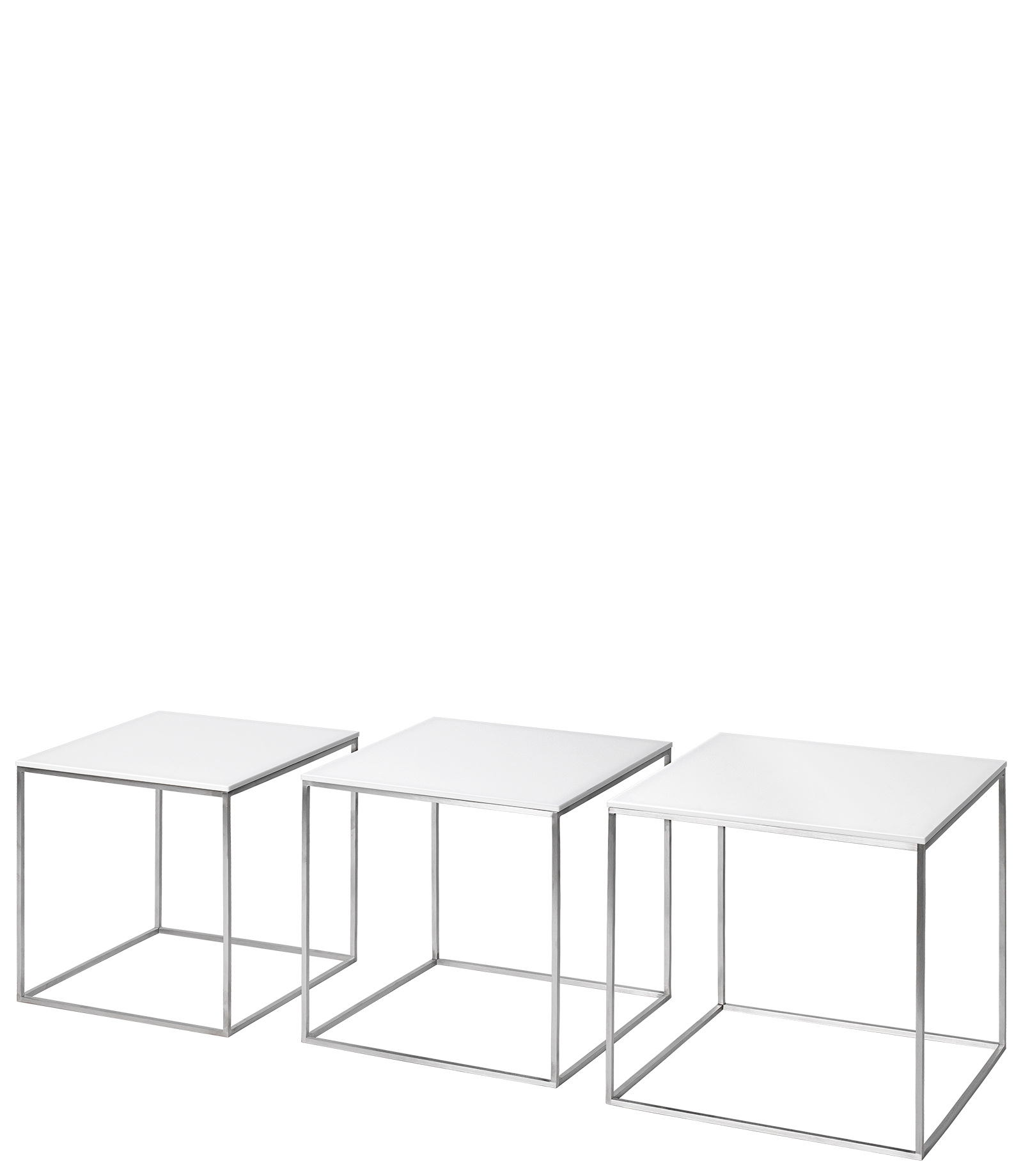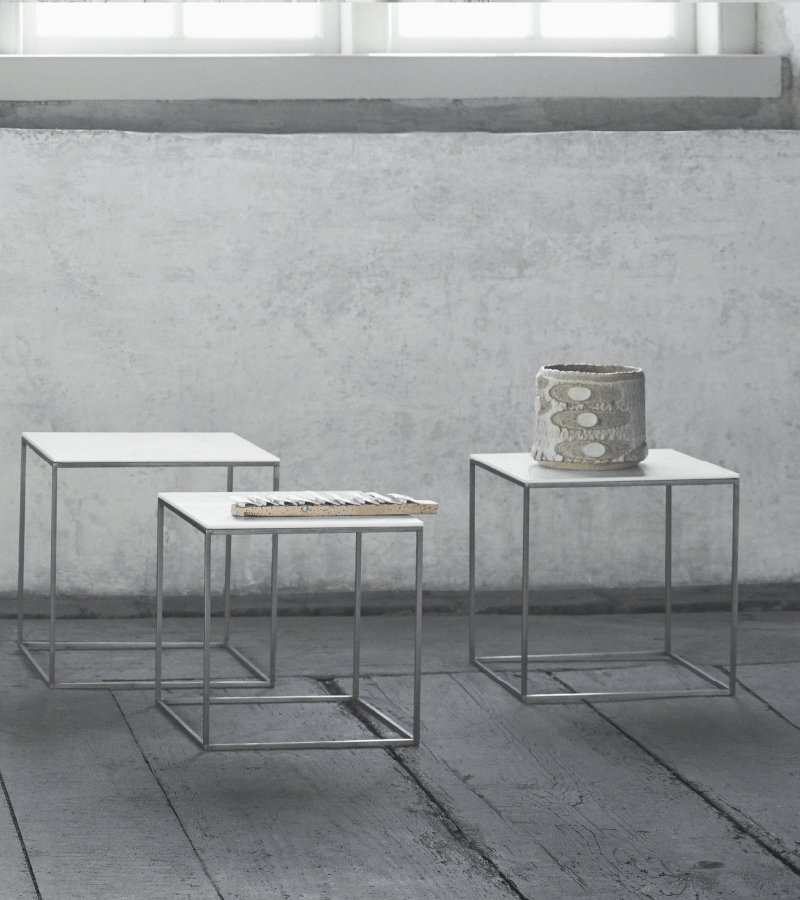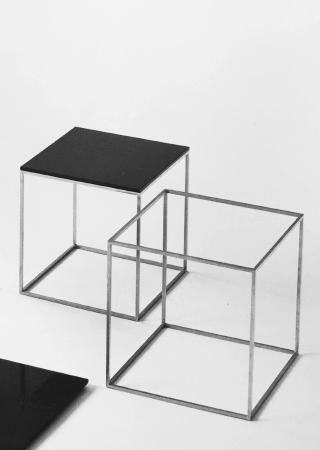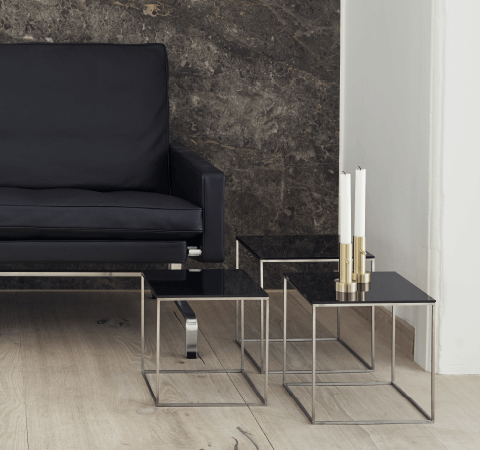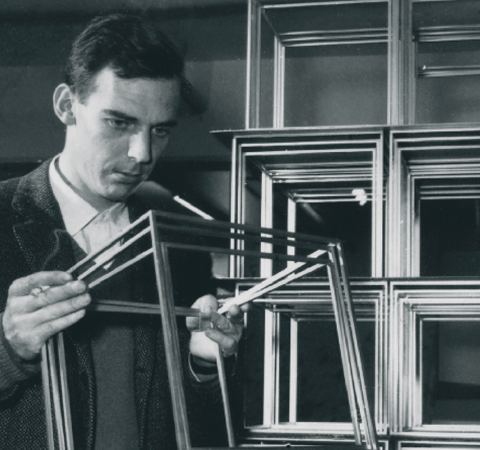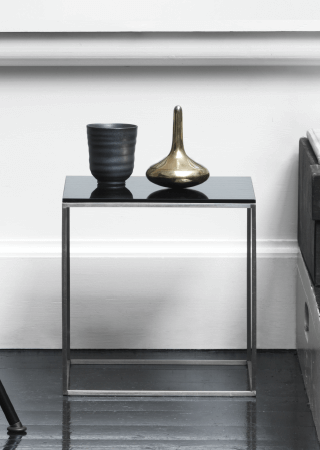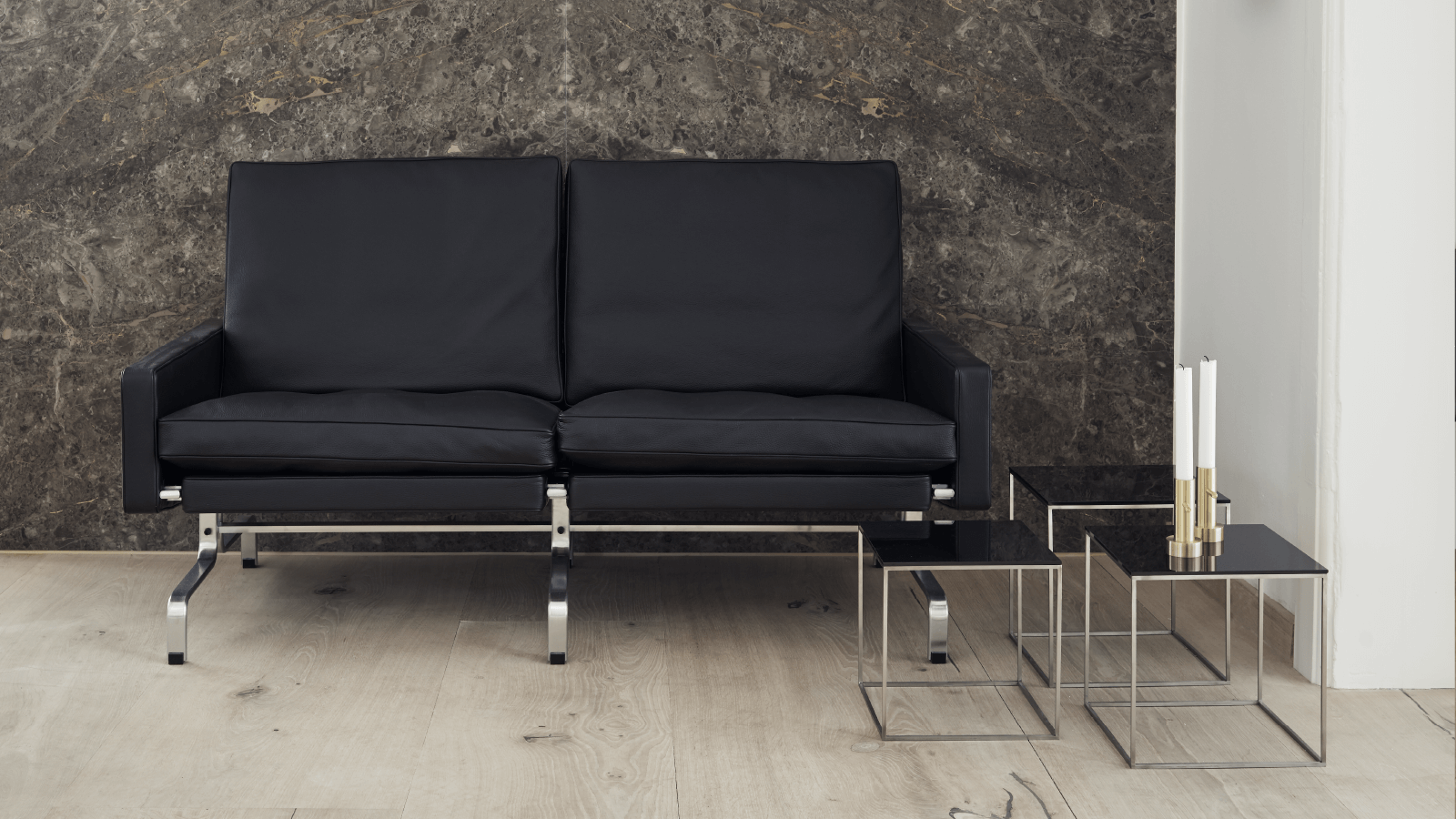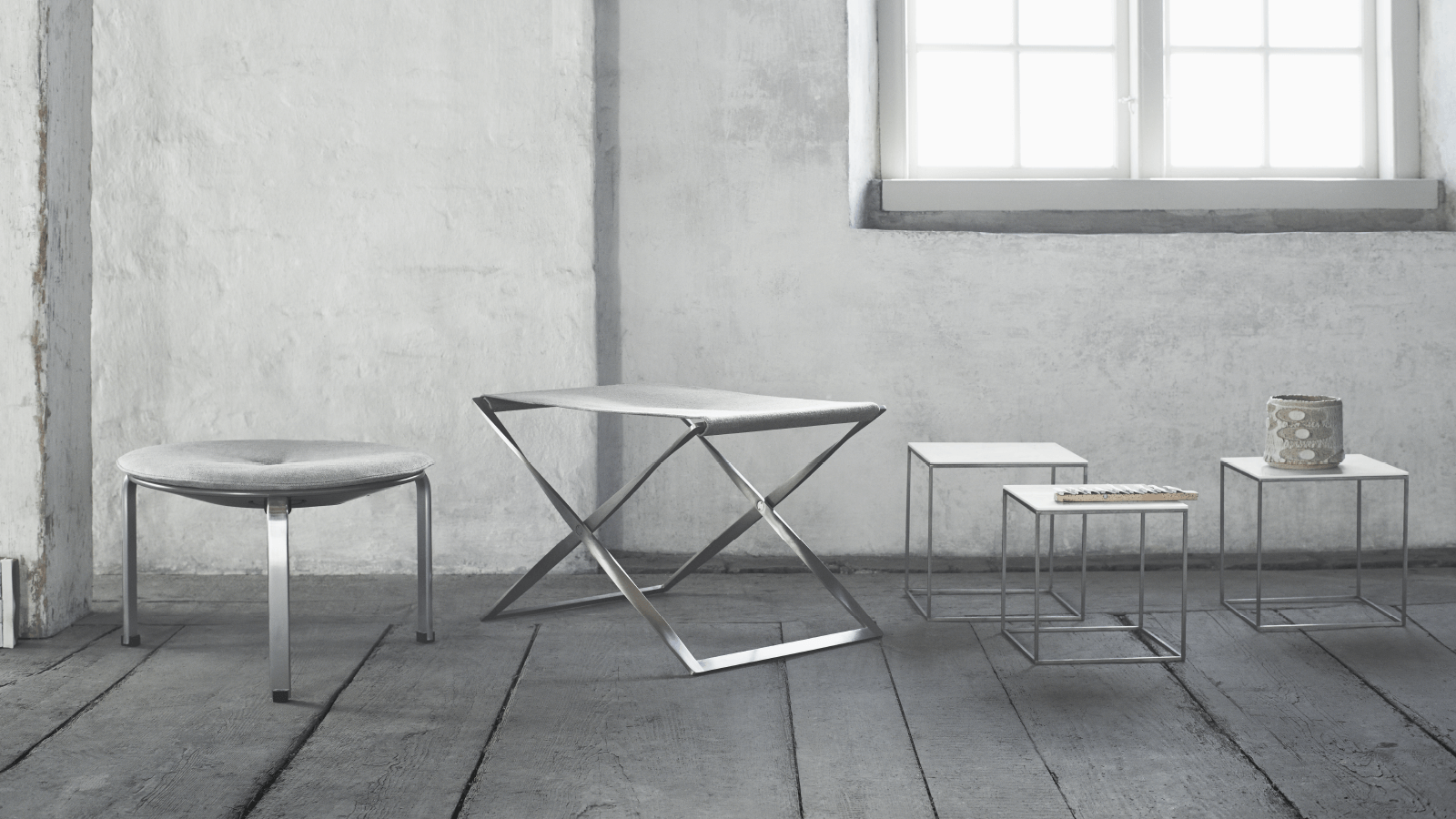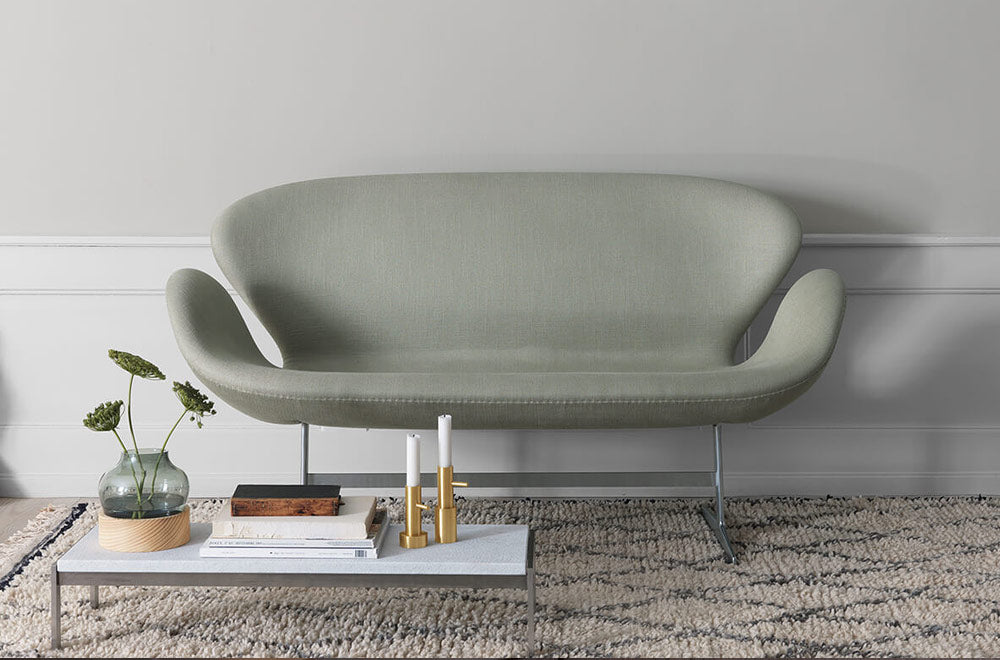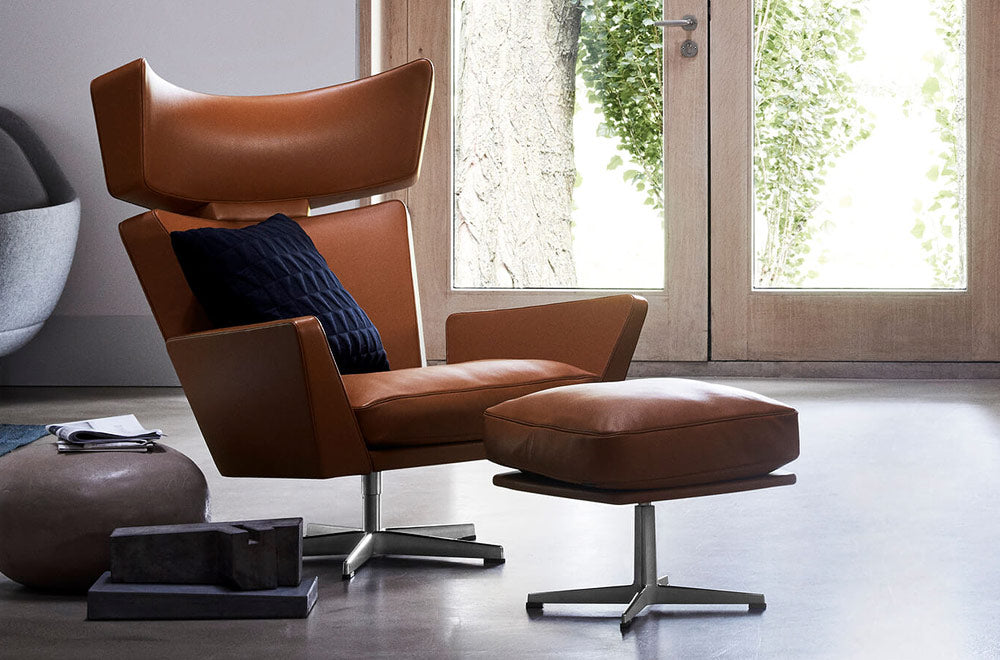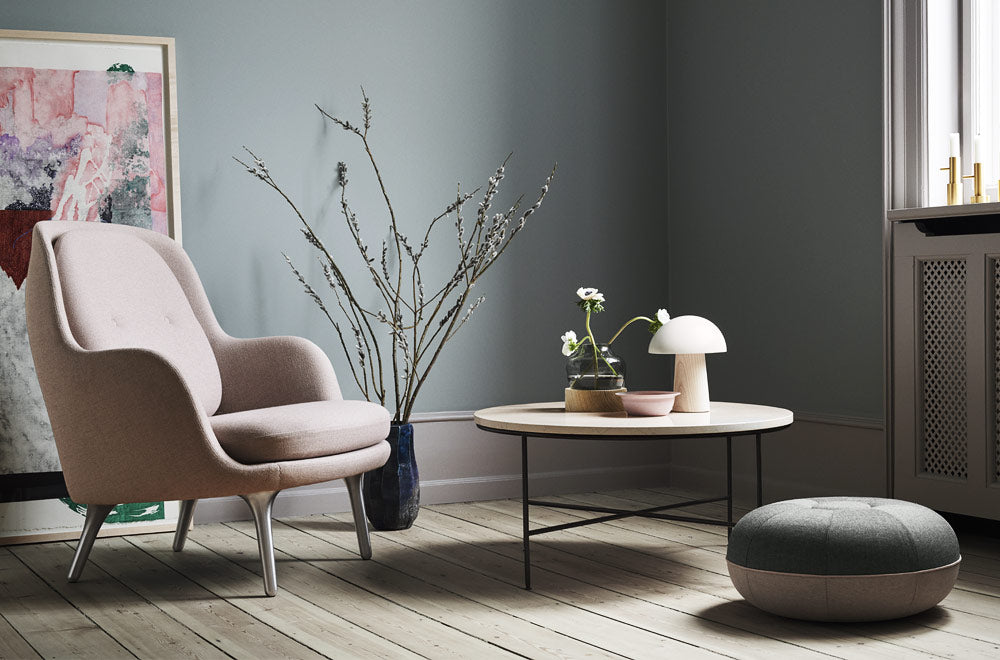PK71™ consists of three nesting tables that can be stored under each other. With these tables and their ongoing 3-dimensional shape was Poul Kjærholm showing the square in all 3 dimensions in his work for the first time. They can be seen as a precursor to his larger and more complex tables. With their toy-like appearance is the small, abstract tables very dynamic and they invites you to move them around. Poul Kjærholm often stacked the bare frames as sculptural symbols to illustrate the elementary properties of his other works. The importance of PK71 is shown by the fact the tables are displayed in the permanent collection at the Museum of Modern Art in New
Base material: Satinpolished stainless steel
Height: 25,5, 27 & 28,5 cm
Length: large
Width: large
Poul Kjaerholm was born in 1929 in Øster Vrå, Denmark. He finished his apprenticeship as a cabinet maker with Grønbech in 1948 and graduated at the School of Arts and Crafts in Copenhagen in 1952 with a.o. the PK 25 chair that is still produced by Fritz Hansen.
Poul Kjaerholm was very articulate and with natural authority he started an outstanding career as an educator in the same year (1952) but continued to study with Prof. Erik Herløw and Prof. Palle Suenson.
From 1955, the year he did the famous PK 22, for which he received the Lunning Award in 1958, he became assistant at the Royal Danish Academy of Arts in Copenhagen and lecturer in 1959. He became head of the Institute for Design in 1973 and finally professor in 1976 until his premature dead in 1980. Over all these years he designed dozens of chairs, long chairs, and tables that became landmarks for Danish furniture design, including the famous PK 24 long chair. Most of his furniture was initially and until 1982 produced by his friend E. Kold Christensen in Hellerup.
A wide selection of that production has been part of the Fritz Hansen collection since.









